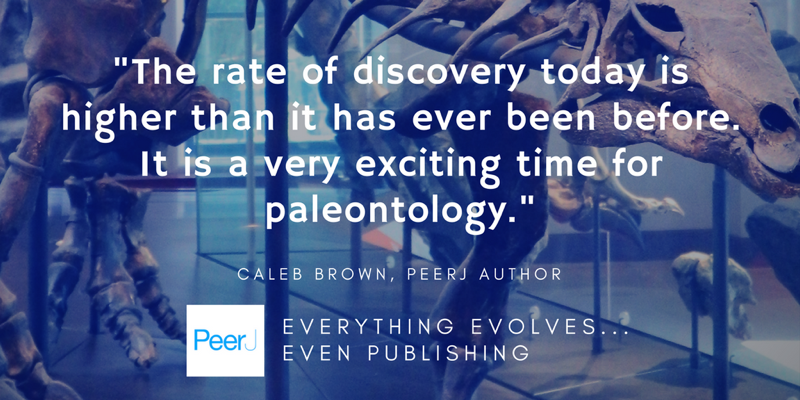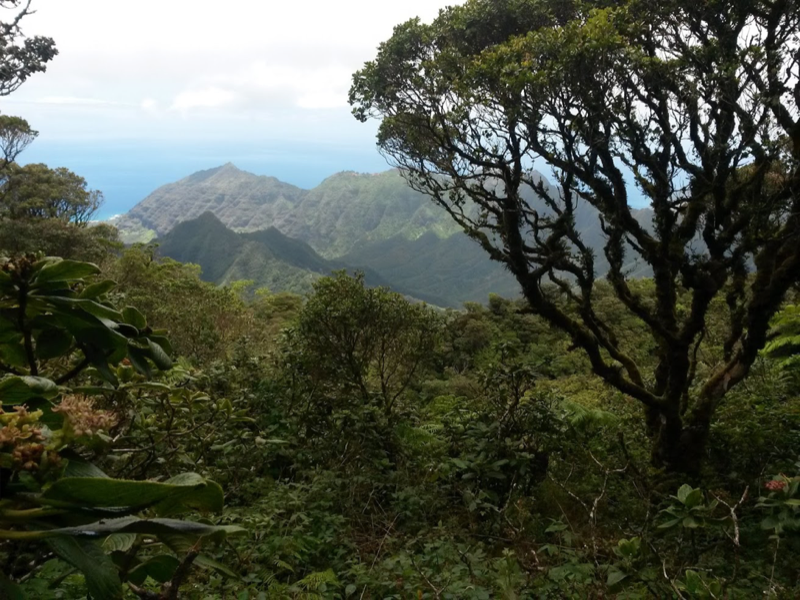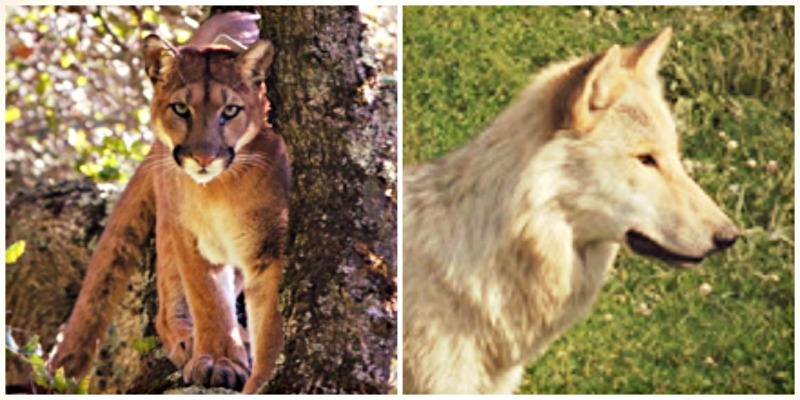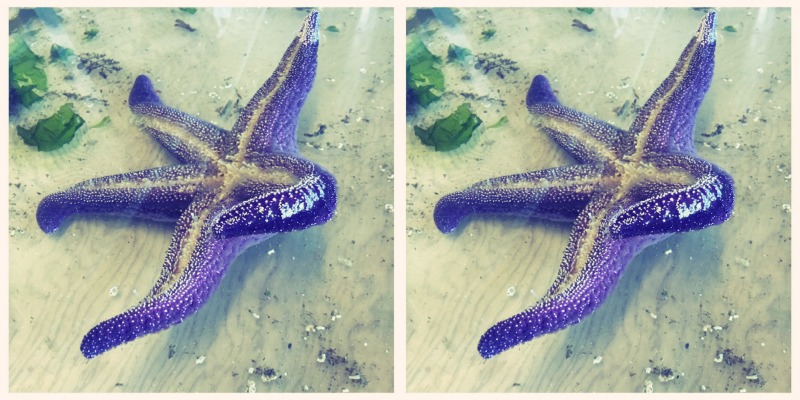Yesterday we published an exciting paleontology paper by Caleb Brown titled 'An exceptionally preserved armored dinosaur reveals the morphology and allometry of osteoderms and their horny epidermal coverings'. This 'one-in-a-billion' nodosaur specimen is currently on...
New species of mites found living on ant pupae in Malaysian rainforest: Author interview with Adrian Brückner
Back in October, we published Infection of army ant pupae by two new parasitoid mites (Mesostigmata: Uropodina) by Adrian Brückner, Hans Klompen, Andrew Iain Bruce, Rosli Hashim, and Christoph von Beeren. The study describes two new Macrodinychus species of mites. The...
Software Heritage is a useful repository for scientists to discover, preserve and recognize the source code powering science.
Software is an essential component of 21st-century science workflows, yet it often receives little attention in formal scientific publication. Software citation is one way to encourage wider recognition of software's role in scientific analysis. In 2016, we published...
Gut instinct: How can koalas eat such toxic Eucalyptus tree leaves?
The difference between koala poop and wombat poop is not only in shape! Different microbial communities point to why koalas are able to digest the leaves of Eucalyptus trees. Yesterday we published Gene and genome-centric analyses of koala and wombat fecal microbiomes...
Engineering fungi to help plants fight disease – Author interview with Geoffrey Zahn
Last week we published Foliar microbiome transplants confer disease resistance in a critically-endangered plant by Geoffrey Zahn and Anthony Amend. Their study tested whether fungi could be engineered and employed to help plants respond to fight disease, thereby...
Idea farming for open science: sharing wider scientific outputs will stimulate ideas, discoveries and outcomes.
This is a guest post written by PeerJ Academic Editor Christopher Lortie, who recently shared a preprint on PeerJ Preprints discussing optimal ways of cultivating ideas for scientific discovery. Invasion biology shows that there is a lot to be learned from studying...
Chimpanzees spontaneously use tools to scoop food, no teaching necessary – Author interview with Elisa Bandini
Credit: Chimpanzee, taken at the Los Angeles Zoo by Aaron Logan (CC BY 2.5) We recently published Spontaneous reoccurrence of “scooping”, a wild tool-use behaviour, in naïve chimpanzees by Elisa Bandini and Claudio Tennie. Their research looks at the individual...
Estimating the effects of open access policies: Author Interview with Carly Strasser of the Gordon and Betty Moore Foundation
Yesterday we published 'Estimated effects of implementing an open access policy for grantees at a private foundation' by Carly Strasser and Eesha Khare which looked at the effects of The Gordon and Betty Moore Foundation's policy to require grantees to publish in open...
Pumas vs hounds: How do their hunting and chase dynamics compare? Author interview with Caleb Bryce
This week we published Energetics and evasion dynamics of large predators and prey: pumas vs. hounds by Caleb M. Bryce, Christopher C. Wilmers, and Terrie M. Williams. The study used accelerometer-GPS collars to investigate the advantages and disadvantages of these...
Two variants of the sea star Pisaster ochraceus – Author interview with John Wares
This week we published the study RNA expression and disease tolerance are associated with a “keystone mutation” in the ochre sea star Pisaster ochraceus by V. Katelyn Chandler and John P. Wares. Using RNA sequencing methods, the researchers identified a number of...










